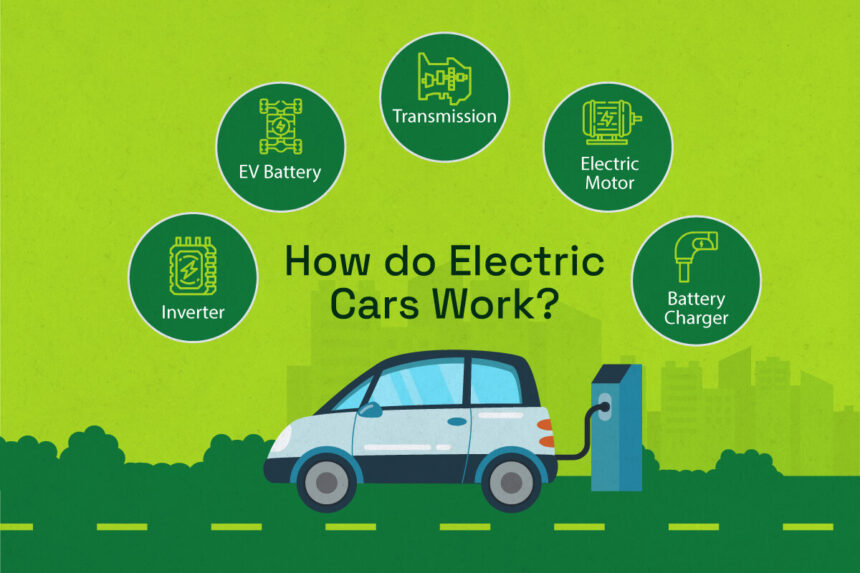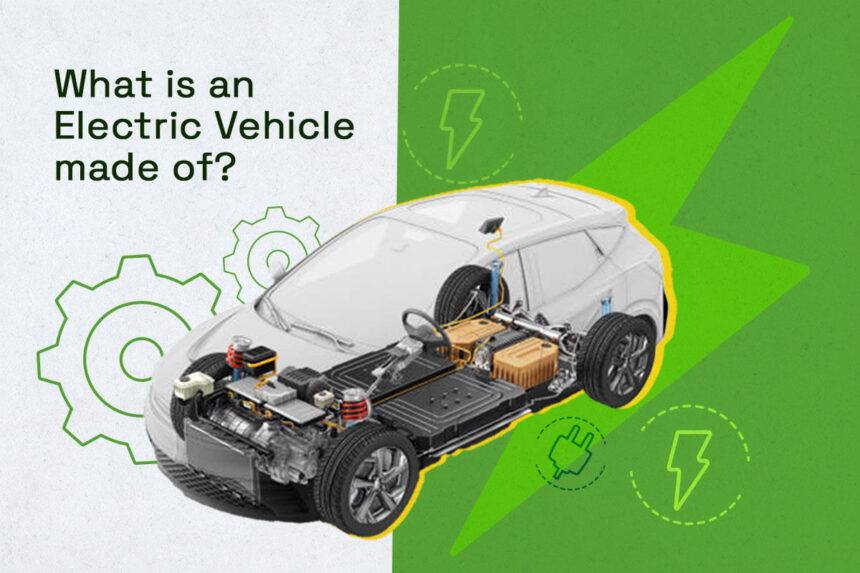Electric cars (EVs) have grown increasingly tempting as production costs have decreased and the technology for charging them has improved for US consumers trying to avoid exorbitant petrol prices or lessen the influence on the environment of gas-powered automobiles.
Looking at the fundamentals
Unlike a traditional gas-powered internal combustion engine (ICE), an electric vehicle (EV) doesn’t need to burn fuel to produce the energy it needs to drive. Alternatively, they propel the vehicle forward by turning an electric motor (or motors) attached to the wheels using electric power stored in their rechargeable batteries. As a result, even though they now have a greater initial cost, EVs often require less upkeep than gas-powered vehicles and have fewer moving components.
Most of the Electrical Vehicles we see on our roads are hybrids. A wide range of automobiles, from plug-in hybrids with modest backup batteries to fully electric, battery-powered cars, and even hydrogen fuel cell-driven vehicles, might be considered electric vehicles (EVs).
The Mechanism of the Battery
Each electric vehicle (EV) contains a battery pack, which is a collection of lithium-ion battery cells that provide the energy required for everything from propelling the vehicle to powering the air conditioner. This is sometimes referred to as a traction battery, and it often sits at the bottom of the car. The lithium-ion battery in your cell phone charges similarly to how an electric car’s battery works, but on a far greater scale.
It draws power until it is charged once you plug it into an outlet or recharging station and link it to the grid. An electric vehicle’s battery’s capacity, expressed in kilowatt-hours, determines how much energy it can store (kWh). The greater the number, the greater the capacity, and the greater the range of the electric vehicle. The battery used by EVs varies. In the upcoming years, automobiles with greater range and quicker recharge periods may become available. EV battery technology is always improving.
Batteries provide direct current (DC) power, which is different from the electricity that comes from a standard wall socket. That electricity must be changed into an alternating current in order to provide a rotating force (AC).
Basics of the motor design
The wheels of an EV may be moved by its electric motor without the need to pressurise and burn gasoline. Instead, it creates rotational force using electromagnets within the motor that are driven by the battery.
Two pairs of magnets are located within the engine. One pair is housed inside the casing around the shaft that rotates the wheels of the automobile, and the other is connected to that shaft. The polarity of both sets of energized magnets is exactly the same, and as a result, each resists one another. The magnets’ force pushing apart rotates the shaft, rotates the tires, and propels the vehicle forward.
The polarity of the magnets must alternate as the shaft rotates in order to maintain a consistent state of repulsion between them. Automatically switching back and forth between positive and negative, AC power accomplishes this. But because an EV’s battery generates DC power, an inverter is required to continuously reverse the polarity of the magnets.
To maintain the rotating force, an EV’s inverter rapidly switches polarity, about 60 times per second. Other car components that don’t demand alternating current are supplied with electricity using a different DC converter. The driver may alter the frequency of the current provided to the motor, and the greater the regularity, the more frequently the polarity will switch.
How Much Mileage Can an EV Get?
According to statistics compiled by the Electric Vehicle Database, the typical EV range at the time of publication is 300–350 kilometres on a single battery charge. That capacity can be impacted by a variety of factors both now and throughout the vehicle’s lifespan.
One of the most important aspects affecting range in an EV is the size of the battery.
But regardless of its capacity, constant highway driving, repeated abrupt accelerations, excessive use of rapid charging, harsh weather, and ageing naturally over time can all shorten an EV’s range.
With each passing year, electric vehicles become more and more comparable with gas-powered ones. Due to the average range of EVs and the abundance of charging infrastructure in many locations, EVs are starting to make sense for customers interested in low-emission cars. Although there are still some bugs with EVs and they couldn’t stop climate change on their own, they can be a part of a much wider effort to reconsider commuting and create more environmentally friendly options.
Conclusion
Electrical vehicles have their own kind of market now which is ever-increasing and it is what people are leaning towards too. It is important to take into account the ways it works in so as a consumer we can be aware of the products we use. Researching is an essential part of the process, and the best for a cleaner, greener and more efficient future.







